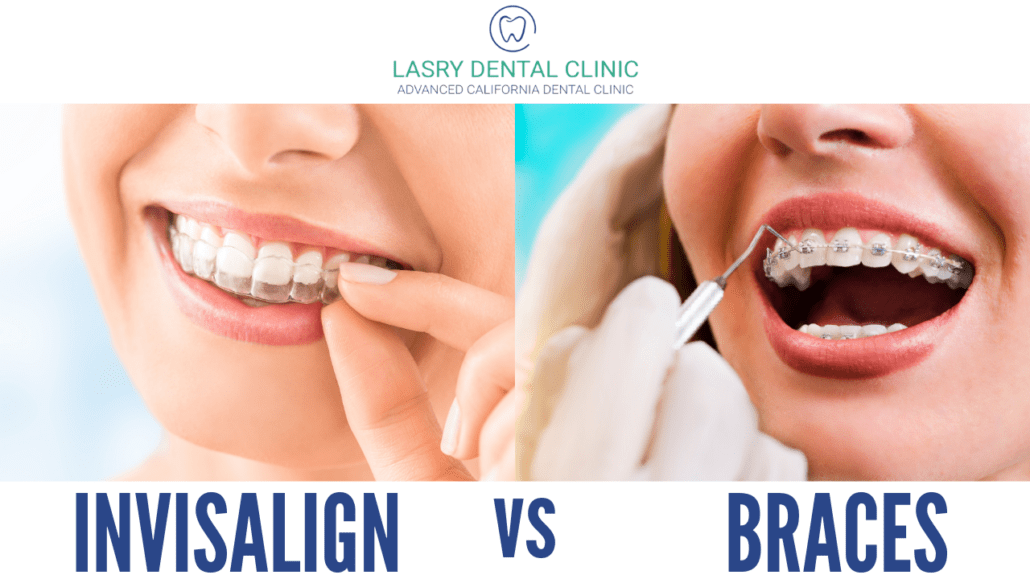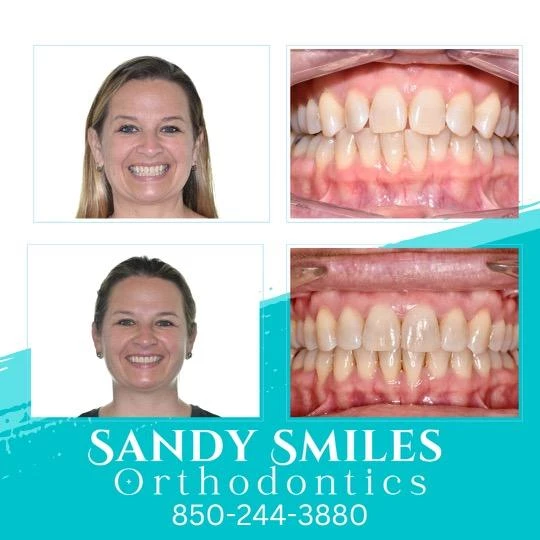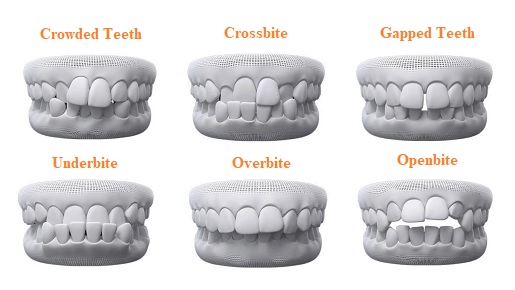What to Anticipate Throughout Your Invisalign Journey: A Comprehensive Review
Invisalign vs. Traditional Dental braces: Which Option Is Right for You?
When taking into consideration orthodontic treatment, the option in between Invisalign and standard braces provides numerous vital elements that merit cautious examination. Invisalign provides a very discreet option with detachable aligners, while conventional braces provide an extra visible yet reliable remedy for severe imbalance.
Summary of Therapy Choices

In contrast, standard dental braces contain steel braces and cords that are adhered to the teeth. This approach applies constant stress over time to attain alignment. While reliable for intricate orthodontic issues, traditional dental braces call for regular check outs for changes and can posture challenges in keeping oral health as a result of the problem of cleaning around braces and cables.
Both alternatives have their merits, and the selection commonly hinges on particular oral problems, way of life preferences, and individual compliance. Inevitably, seeking advice from an orthodontic expert is vital for establishing one of the most ideal treatment strategy tailored to specific needs. Recognizing the nuances of each option can significantly influence the general success of orthodontic therapy.
Visual Factors To Consider
A substantial variable affecting the choice in between Invisalign and traditional braces is the aesthetic appeal each treatment provides. Invisalign aligners are crafted from clear plastic, making them essentially unnoticeable when used.
On the other hand, standard braces consist of steel braces and cords, which can be extra recognizable. While innovations in orthodontic modern technology have actually brought about the development of smaller sized braces and tinted elastics, conventional braces still keep a more noticeable profile. For some people, the exposure of braces might hinder them from looking for necessary treatment.
Eventually, the option between Invisalign and traditional dental braces may rest on individual preferences relating to looks. Clients that focus on discernment often lean towards Invisalign, while those who are less worried concerning visibility may select typical dental braces. Comprehending the visual implications of each alternative is critical for making an informed choice that aligns with one's lifestyle and preferences.
Comfort and Convenience

In terms of comfort, Invisalign aligners are detachable, allowing patients to enjoy their favorite foods without restriction and preserve optimal dental health. Cleaning and flossing are simplified, as the aligners can be taken out throughout these regimens, whereas standard dental braces need mindful maneuvering around cables and brackets.
In contrast, conventional braces require regular adjustments, making them less convenient for those with busy schedules. Overall, the convenience and convenience of Invisalign make it an attractive option for lots of individuals looking for orthodontic treatment.
Treatment Duration and Efficiency
While both Invisalign and typical dental braces work in remedying dental imbalances, the period of treatment can vary dramatically in between the 2 choices. Normally, Invisalign therapy can take anywhere from 12 to 18 months, depending upon the intricacy of the instance. The clear aligners work by gradually changing teeth right into their desired placements, and routine follow-ups with an orthodontist help make sure development continues to be on the right track.
In contrast, typical dental braces often call for a longer dedication, typically varying from 18 months to 3 years. This is see this website because of their fixed nature and using wires and braces, which can be much more efficient for severe imbalances and complex instances (Invisalign). The treatment performance of standard dental braces is well-documented, as they enable for accurate adjustments and better control over tooth motion
Eventually, the option between Invisalign and typical braces may depend upon both the anticipated treatment period and the certain dental issues at hand. Consulting with an orthodontist is important, as they can supply tailored recommendations based upon specific demands, making sure the picked technique straightens with desired durations and outcomes.
Expense Contrast and Insurance Options
Expense plays a substantial role in the decision-making process for individuals taking into consideration orthodontic therapy, whether opting for Invisalign or conventional dental braces. On average, the price of Invisalign over at this website ranges from $3,000 to $8,000, while conventional dental braces normally cost in between $2,000 and $6,000. Variables affecting these prices consist of the complexity of the situation, the duration of therapy, and geographical location.
Insurance coverage can substantially affect out-of-pocket expenses. Lots of dental insurance policy plans offer partial coverage for orthodontic treatments, but the specifics can differ commonly. It is essential for people to evaluate their insurance coverage to establish the extent of insurance coverage for either option. Usually, traditional dental braces might be much more regularly covered by insurance strategies contrasted to Invisalign, which some insurance companies classify as an aesthetic treatment.
In addition, numerous orthodontic practices use adaptable layaway plan, making both treatment alternatives extra easily accessible. Patients ought to ask about potential funding alternatives and price cuts for upfront payments. Assessing the overall expense, consisting of insurance policy advantages and payment plans, is vital for making a notified choice that straightens with both visual preferences and spending plan considerations.

Conclusion
In summary, the choice between Invisalign and traditional braces hinges on several elements, consisting of visual choices, convenience, therapy period, and cost. Invisalign provides a discreet, detachable choice that facilitates oral hygiene and nutritional versatility, while conventional dental braces might be extra ideal for intricate oral problems and commonly come with a lower cost point. Ultimately, assessment with an orthodontist is necessary to analyze specific conditions and establish one of the most ideal link treatment choice for accomplishing ideal oral placement.
When considering orthodontic therapy, the choice in between Invisalign and standard braces provides several essential aspects that merit mindful analysis.Contrasting Invisalign and traditional braces exposes distinct treatment choices for orthodontic improvement.While both Invisalign and typical braces are reliable in dealing with oral imbalances, the duration of treatment can differ dramatically in between the two options.Price plays a substantial function in the decision-making process for individuals taking into consideration orthodontic therapy, whether choosing for Invisalign or standard dental braces.In summary, the choice in between Invisalign and standard dental braces hinges on several factors, including visual preferences, convenience, treatment period, and price.